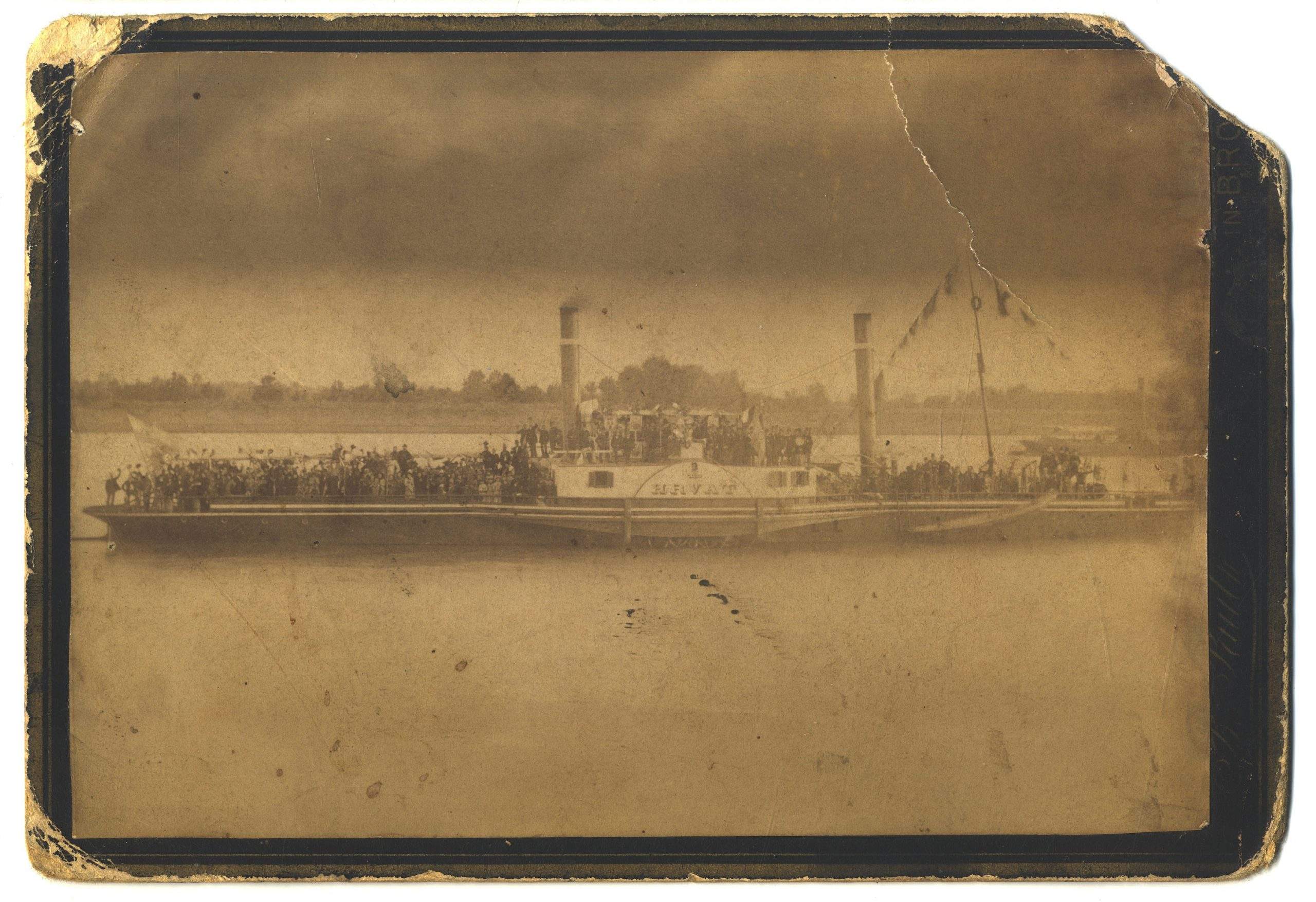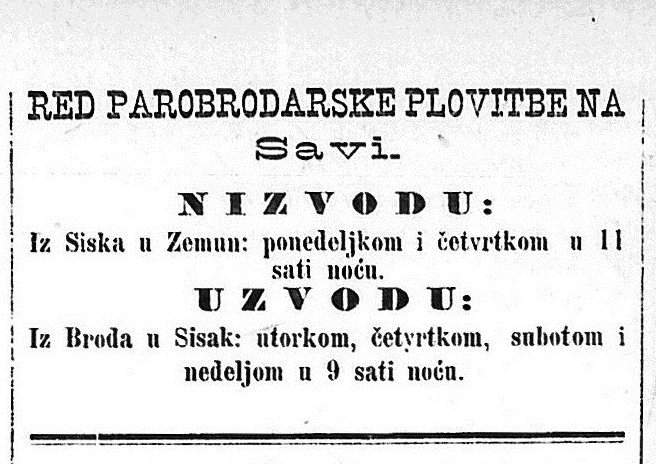Since the railway did not pass through the City of Đakovo at the time, artworks were transported by coach to the station in the town Vrpolje, from where they continued their journey to Zagreb. The complexity of the railway network at the time was a reflection of the political circumstances and the juxtaposition of the economic interests of Vienna and the Hungarian part of the monarchy. This complexity was further reflected in the route chosen for the transportation of Strossmayer’s art collection, which included the following sections: Vrpolje – Dalj, Dalj – Villány, Villány – Pécs, Pécs – Barcs, Barcs – Zákány, Zákány – Zagreb. The Archives of the Croatian Academy of Sciences and Arts is in possession of the correspondence between the Academy, the Department of theology and education of the Royal Provincial Government, and railway administrations which were pleaded with to allow free or subsidized transportation for the collection.
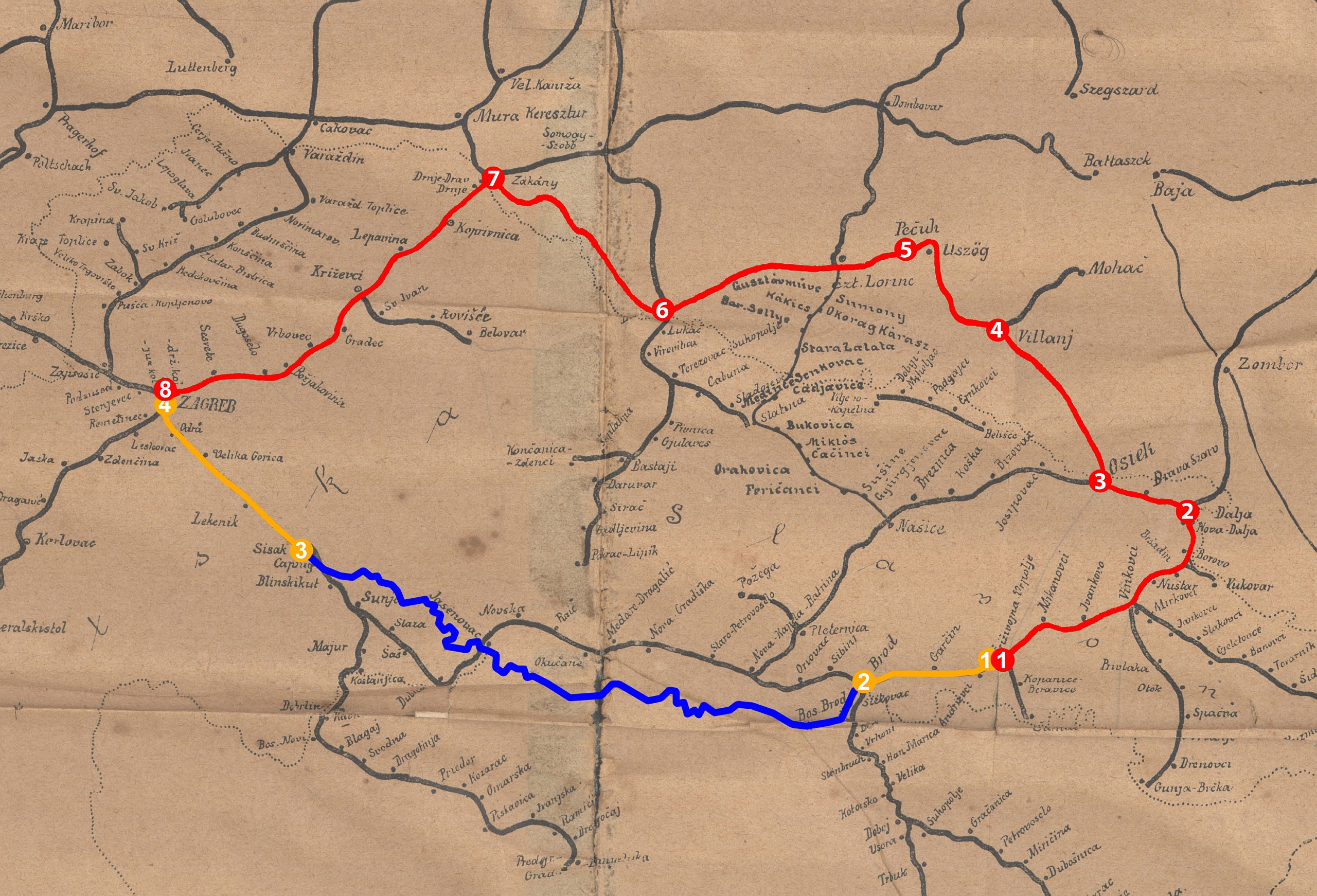
Detail of the Austro-Hungarian railway map from the beginning of the 20th century, with two outlined routes linked to the transfer of artworks from Đakovo in the summer of 1883 (property of: The Croatian Railway Museum)
The railway between Dalj and Villány crossed the Drava River in Osijek over a worn out wooden bridge, which finally collapsed under a passing train in September 1882.

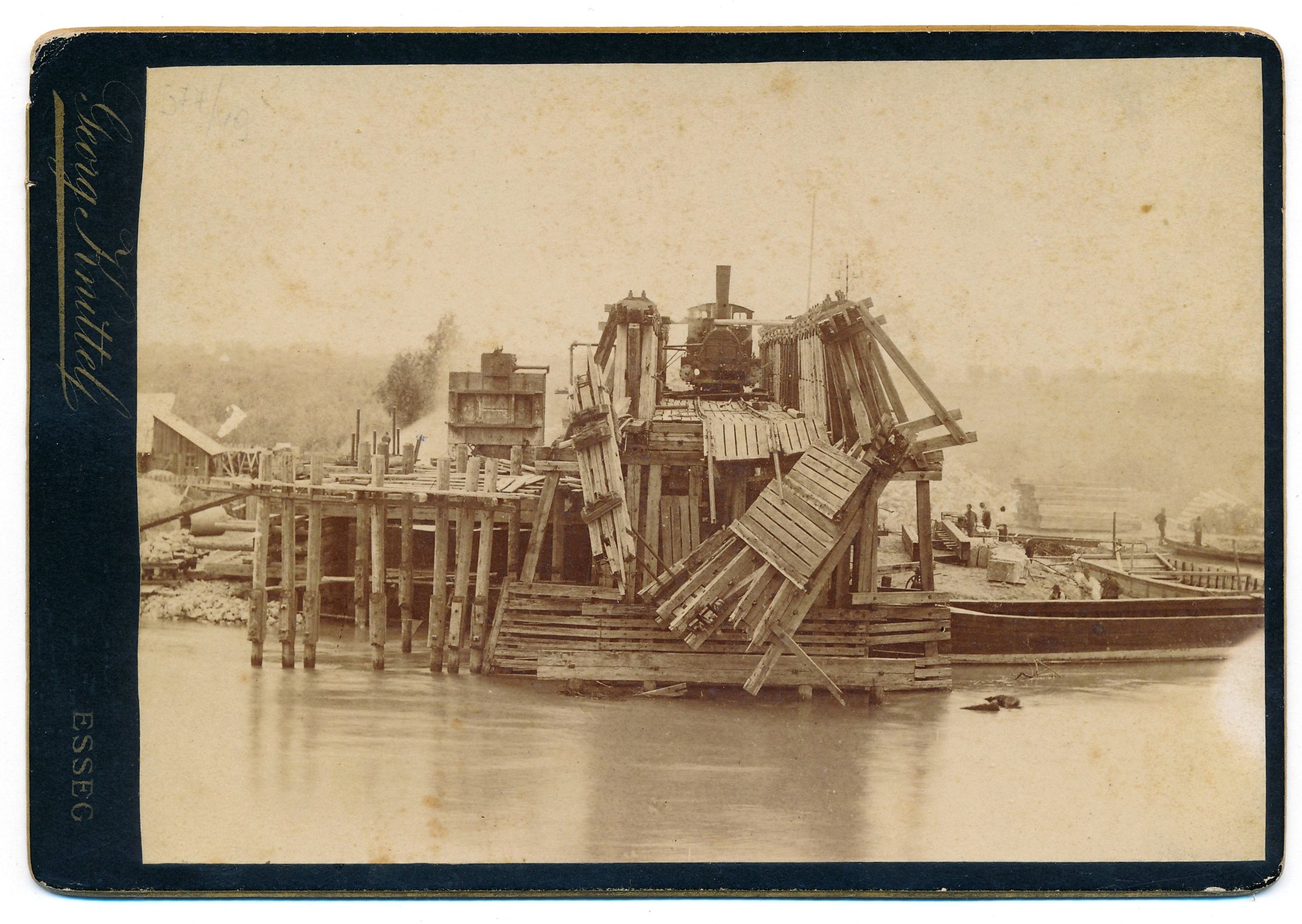
The new railway bridge would not be completed until the end of the year, so all traffic had to be directed over a road bridge. However, because of its similarly worn out state and limited bearing capacity, all cargo needed to be carried over in several batches. This too was a reason for Bishop Strossmayer’s unwillingness to have his collection transported in the Fall of 1882.
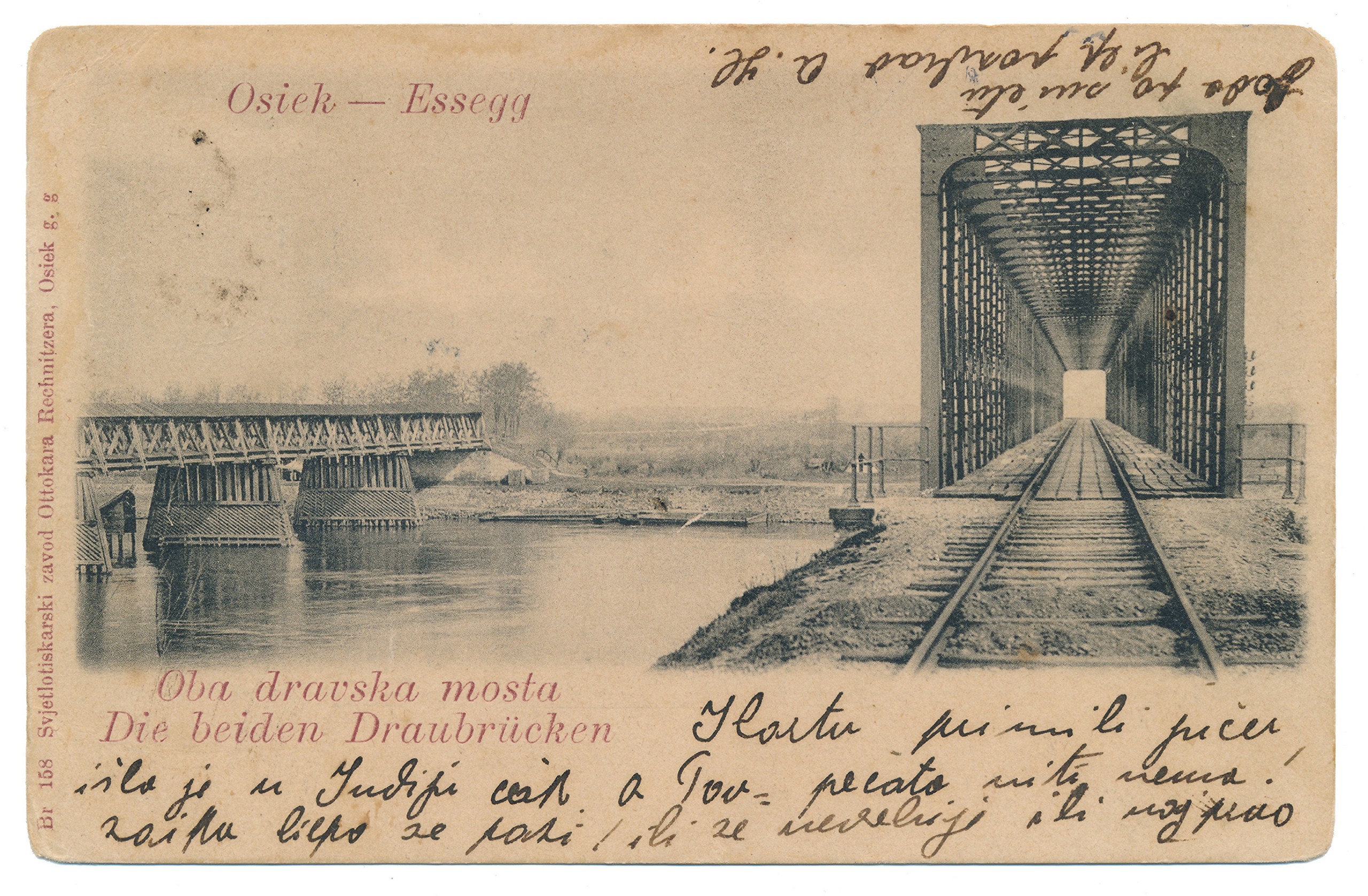
The Academy’s archives are in possession of five transport documents linked to the transportation of artworks from Vrpolje to Zagreb. The first two documents are from June, while the other three were issued in July. Each document clearly states the number of crates in which the artworks were transported. The documents also reveal the route by which the cargo was transported, as well as the incoming and outgoing times at which it was stamped at stations. The signature of Kršnjavi, who operated on Strossmayer’s behalf, is clearly visible, as well as the recipient: The Academy.
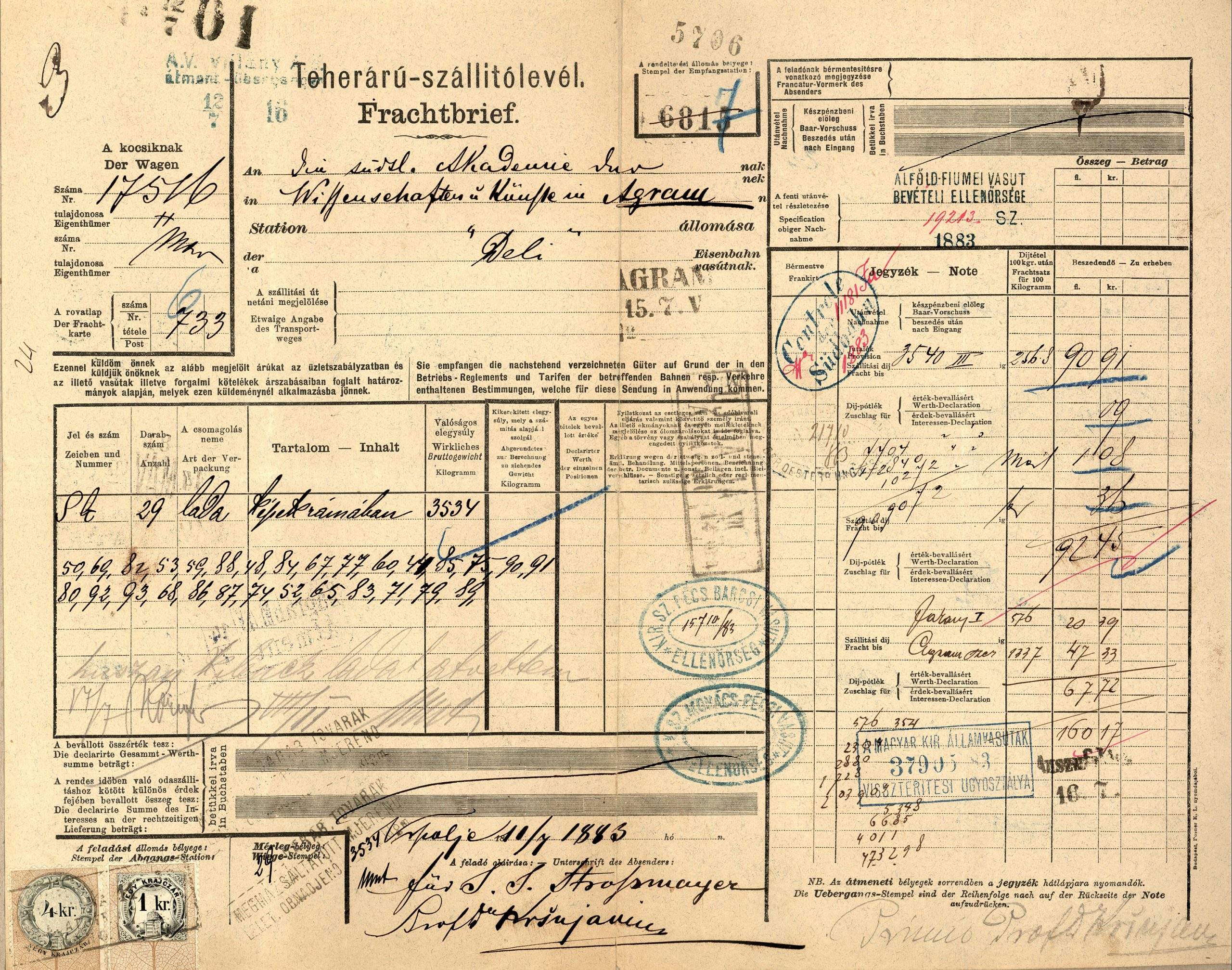
The Academy paid a full fee to the railway companies for transport expenses, after which the latter refunded the fees in total or in part, based on the transportation documents. In the end, Strossmayer only paid one fifth of the total transportation cost. An additional one hundred forints was spent on the delivery of the crates from the railway station in Zagreb to the Academy.
This academy had appealed to the Provincial Government to procure a free or subsidized fee from the administration of certain railway companies for the transportation of paintings for the gallery. The Royal Provincial Government has now informed the academy via reports, of which we are sending you transcripts, that the southern railway has agreed to half the transportation fee if there is a valid ticket attached; the state railway has agreed to refund all transportation fees. Other administrations did not reply to our appeal. Please organize the transportation of paintings to the gallery accordingly. In Zagreb, 7/6 1883. The Yugoslav Academy.
P. deliver to distinguished professor, Com. I. Kršnjavi in Djakovo(A letter from the Academy to Kršnjavi in Đakovo regarding the decisions made by the southern railway and state railway administrations on the subject of transport costs for the artworks, 7th June 1883 (property of: The Archives of the Croatian Academy of Sciences and Arts))
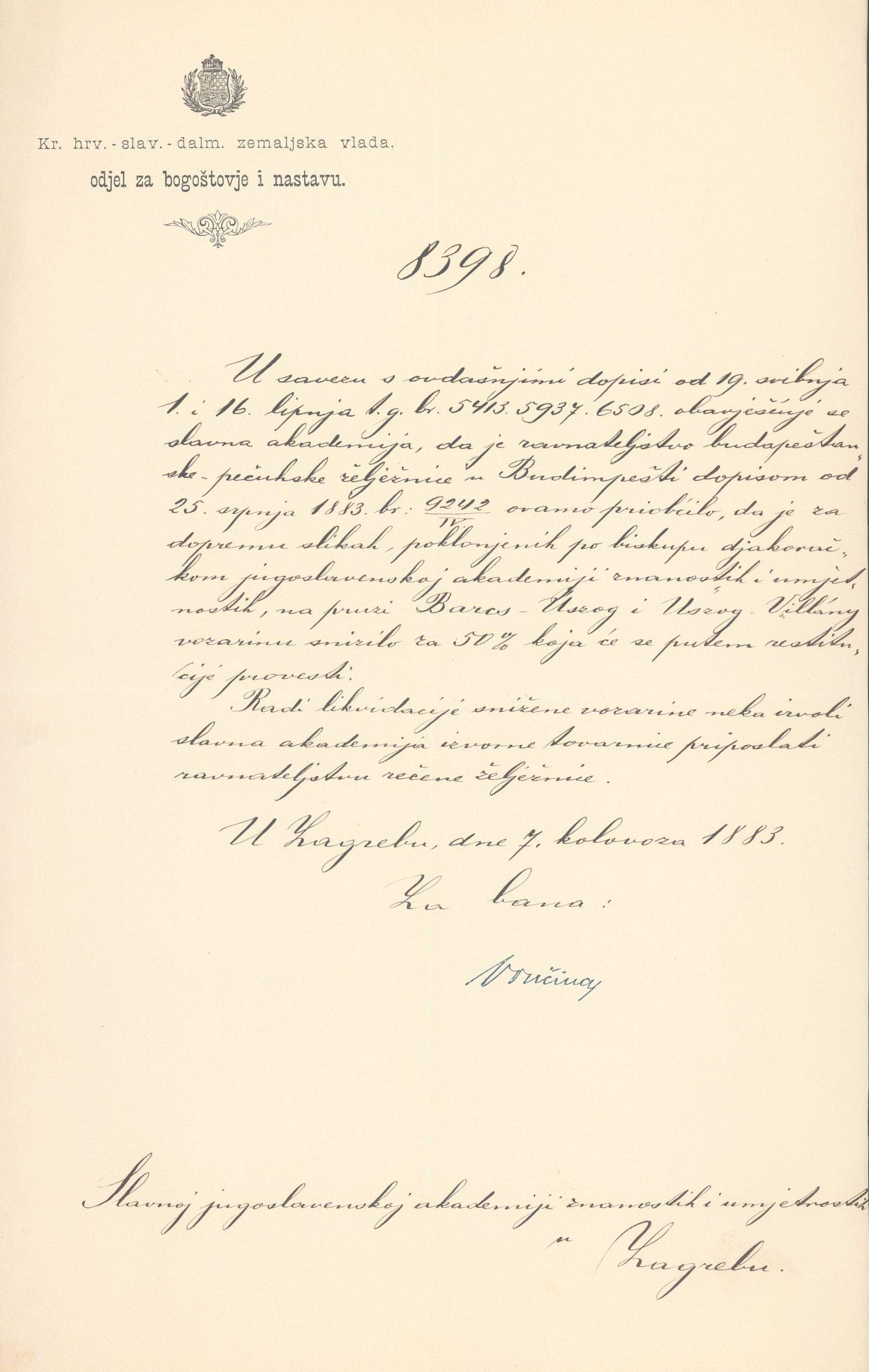
Kršnjavi himself travelled to Zagreb by a more direct railway route, through Brod on Sava and Sisak. He was alleviated of the travel fee for crossing the River Sava. Namely, as those two cities had not been connected by railway at the time, the distance between them was crossed by boat.
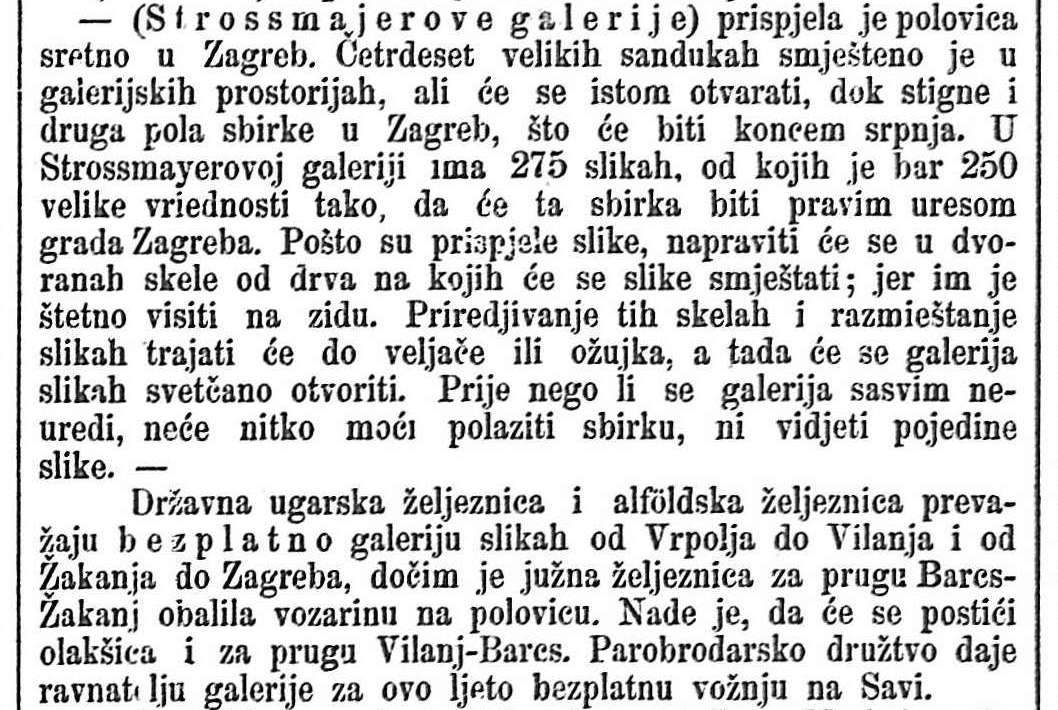
The first half of the Strossmayer Gallery’s collection arrived safely to Zagreb. Forty-two large crates have been placed in the Gallery’s halls, but they will remain unopened until the other half of the collection arrives to Zagreb, which will be at the end of July. The Strossmayer Gallery has 275 paintings, of which at least 250 are highly valuable, which will make the collection itself a proper ornament to the City of Zagreb. Once the paintings have arrived, wooden scaffolding will be set up throughout the halls to carry them, as it would be detrimental to hang the paintings directly on the walls. The process of setting up the scaffolding and positioning the paintings will last until February or March, when the Gallery will have a grand opening. Before the Gallery is completely finished, no one will be able to view the collection, nor see its individual paintings. – The national Hungarian and Alföld railways are transporting the paintings for the Gallery free of charge, from Vrpolje to Vilanj, and from Žakanj to Zagreb, whereas the southern railway cut the transportation fees in half for the Barcs-Žakanj section. There is hope that the same deduction will be given for the Vilanj-Barcs section as well. The steamboat society is giving the Gallery’s director free rides on the Sava River this summer.(a transcript of the above text: The Official Gazette, 21st June 1883)
